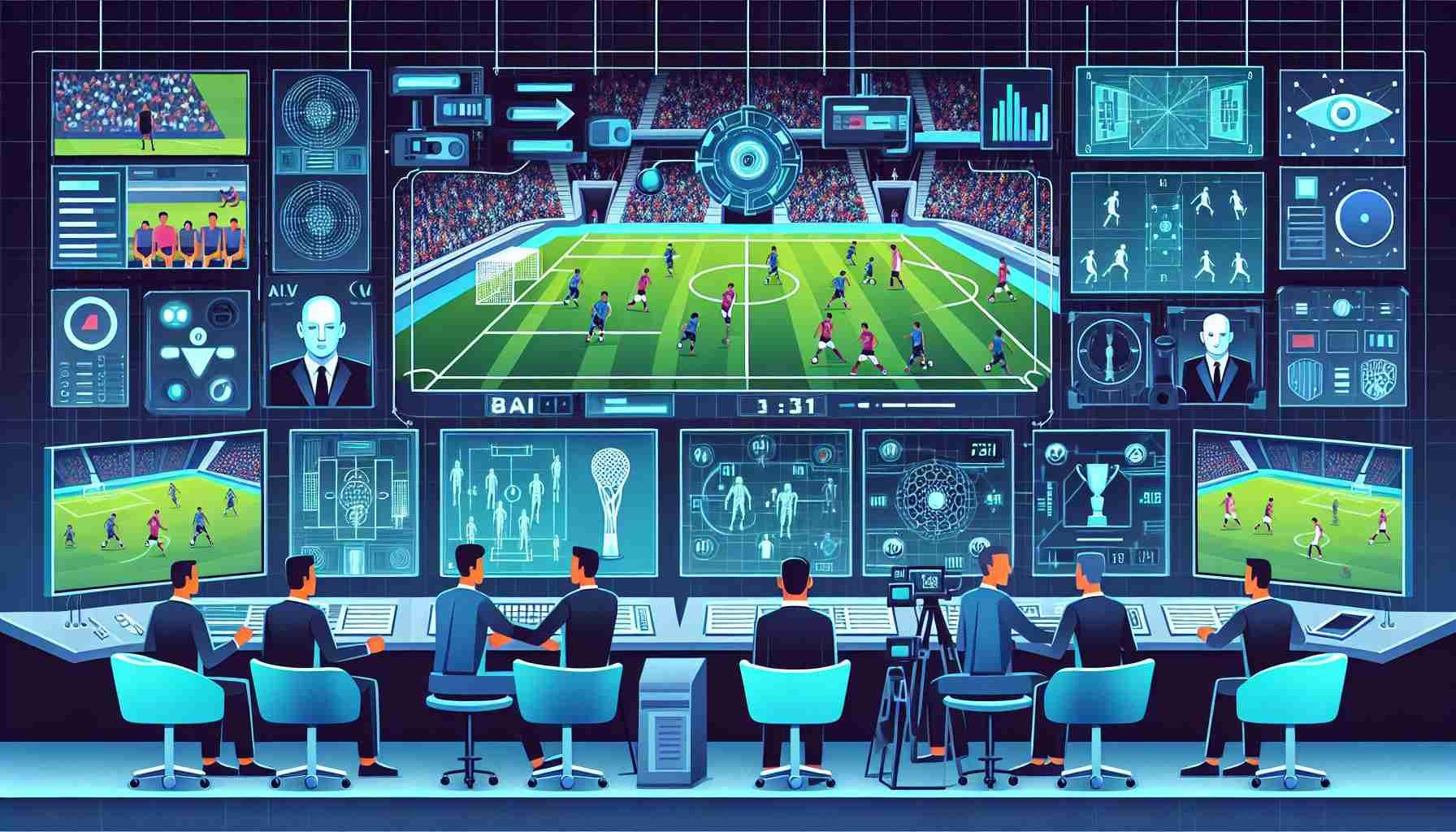The Art of the Broadcast: A Deep Dive into the Sports Broadcasting Industry

The Sports Broadcasting Technology industry is a fascinating and high-pressure sector that blends cutting-edge technology with the live, unscripted drama of athletic competition. It is an industry built on precision, reliability, and the ability to deliver a flawless production under the immense pressure of a live global broadcast. The industry's essential role in creating the multi-billion-dollar media products that are live sporting events is a key reason for its projected growth to a market valuation of USD 154.84 billion by 2035. This expansion, advancing at a steady CAGR of 7.13% during the 2025-2035 forecast period, underscores the industry's success in constantly innovating to bring fans closer to the action and to enhance the value of live sports content for broadcasters and rights holders.
A defining characteristic of the sports broadcasting technology industry is its project-based nature and its reliance on a specialized mobile infrastructure. For most major sporting events, the production is not done in a fixed studio but in a massive "outside broadcast" (OB) truck or a series of production trailers that are parked at the venue. These mobile production centers are technological marvels, packed with millions of dollars worth of equipment and connected by miles of cabling. The industry is comprised of a global network of specialized OB companies that own and operate these trucks, and a large, highly skilled freelance workforce of directors, camera operators, replay technicians, and engineers who travel from event to event, forming the expert teams that produce the broadcasts.
The industry's workforce is a unique and highly specialized group of professionals who are masters of their craft. The director is the "conductor" of the broadcast, sitting in the production truck and calling out which camera shots to take in real-time. The camera operators must have an intimate knowledge of the sport they are covering to anticipate the action and capture the perfect shot. The replay operators must be able to instantly find and cue up the most critical angles of a key play. The graphics operators are responsible for creating all the on-screen information in real-time. It is a high-pressure, team-based environment where every member must perform their role flawlessly for the broadcast to succeed, requiring a unique combination of technical skill and creative storytelling ability.
The industry is also in a constant state of a technological arms race. Broadcasters are always looking for the next innovation that will give them a competitive edge and create a more exciting viewing experience for the fan. This drives a relentless cycle of R&D and new product development among the technology vendors. This includes the development of cameras with higher frame rates for smoother slow-motion, the creation of more realistic augmented reality graphics, and the use of AI to automate certain production tasks. This constant push for "the next big thing"—whether it was the first-down line in football or the virtual strike zone in baseball—is a defining feature of the industry and a key reason for its dynamism and technological sophistication.
Explore Our Latest Trending Reports:
Border Gateway Protocol Market




